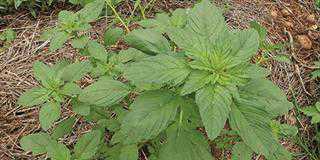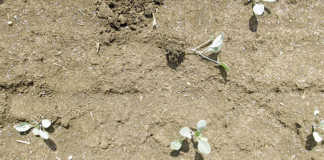I can only assume the industry must have had quality problems with immature fruit in the past and is now addressing this.
According to Bothma, the HCDA – he doesn’t say what this stands for – was called in to monitor oil levels and dry matter content before fruit was allowed to be packed for export. This was preceded by extensive interaction with growers. The first shipments of Hass avocados were duly approved and loaded for export.
This report underscores the importance of fruit maturity. Any marketer who supplies immature fruit simply to ‘catch the price’ is asking for trouble. It’s a problem we have in South Africa too, with some producers sending immature fruit at the beginning of the season simply because the prices are high.
It’s a ploy that ultimately creates long-term resistance. Research in the US has shown that a consumer who has an unhappy experience with a fruit will not buy the same fruit for up to six weeks thereafter.
Seizing the day
The second aspect of the report that struck me was that Kenya seized the opportunity presented by South Africa’s reduced avocado crop – thanks to our unfavourable weather of recent months – to increase its market share in Europe. One man’s loss is another man’s gain – but only if you take rapid advantage of the opportunity.
Unnecessary wastage
Another FreshPlaza.com story cited FAO findings that up to 50% of root crops and up to 27% of fruit and other vegetables in sub-Saharan Africa are lost due to poor post-harvest handling and storage. This is in countries that already have a food shortage due to other factors.
These statistics are not new, but they emphasise once again the alarming losses incurred worldwide of perfectly good fresh fruit and vegetables simply because people don’t know how to handle them. Good handling starts on the farm and must be continued throughout the supply chain.













